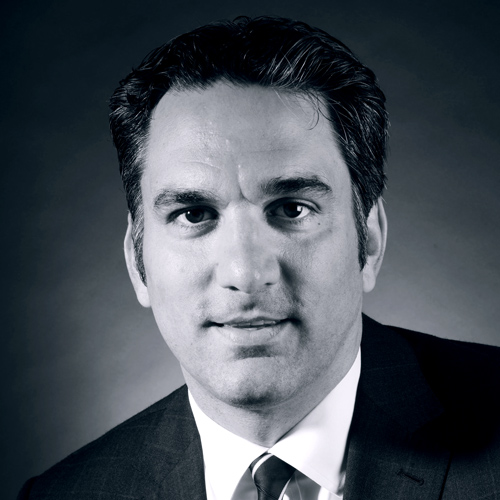The words “chaos” and “panic” were no exaggeration of terms in September 2008. This was when Lehman Brothers Inc. unraveled due to unsustainable risk. A few months later the infamous Bernard L. Madoff Investment Securities went under due to fraud. During that fall, thousands of investors had billions of dollars at risk and images of the Crash of 1929 loomed large.
But order and confidence ultimately prevailed. That’s because a safeguard to the securities industry, the Securities Investor Protection Corporation (SIPC), did what it was designed to do. Since SIPC’s creation in 1970, cash, stocks, and other securities held with Lehman, Madoff, MF Global Inc., Stratton Oakmont Inc., and other firms have been restored, in part for some and in full for others.
“We do not provide insurance but assurance that if your broker–dealer fails, your cash and securities will be protected.”
SIPC traces its origins to an explosive rise in trading in the late 1960s, at a time when office automation did not exist by contemporary standards. Mistakes were common, there were cases of willful misuse of customer assets, and smaller firms crumbled, leading to a significant drop in investor confidence. Congress responded with the Securities Investor Protection Act, which created SIPC. The two-fold purposes were “to strengthen the regulatory framework, and … to provide a backup to that framework in the form of an industry-funded customer protection program.” A seven-member board—three people from the securities industry, two from the private sector not associated with the securities industry, and one member each from the Federal Reserve Board and the Treasury—oversee their work.
“We are in some ways analogous to the FDIC,” says Josephine Wang, general counsel with SIPC, referring to the familiar Federal Deposit Insurance Corporation, which protects bank depositors in case of a bank failure. “We do not provide insurance but assurance that if your broker-dealer fails, your cash and securities will be protected up to $500,000 (this includes up to $250,000 for cash on deposit with the brokerage for investment purposes).”
SIPC does not serve as a regulator, which is left up to the Securities and Exchange Commission (SEC) and the Financial Industry Regulatory Authority (FINRA), a nongovernment regulator of member brokerage firms and exchange markets. Supported by assessments on broker-dealers that are based on their securities revenue, SIPC maintains a fund approaching $2.5 billion. Even in the 2008 crisis and its aftermath, SIPC did not need to tap into a reserve $2.5 billion line of credit it has with the Treasury.
At SIPC’s request, a trustee is appointed to liquidate failed broker-dealers and to work toward the swift return of customer cash and securities. For example, in the Lehman Brothers meltdown more than 110,000 Lehman account holders regained control over their assets within days due to an account transfer process backstopped by SIPC funds. Customers had 100 percent of property restored, representing $92 billion in assets.
To be clear, investors may lose value in their accounts due to a drop in stock values. But they do not lose their market shares.
From her position and 32-year tenure with SIPC, Wang has been a witness and participant in some of the most momentous liquidations in the securities industry, perhaps most famously the Madoff case. “The securities business is very fast- moving, evolving, and changing,” says Wang. “It’s pretty fascinating, including the reasons firms go under. I’m very fortunate to serve in this position.”
As of 2015, the trustee in charge of the Madoff case has recovered more than $10 billion for distribution to customers. This means that a customer owed $10 million by the Madoff firm, for example, has gotten back $5.3 million, due to distributions from the trustee and SIPC advances. Claimants in this case split into two groups, one being those who withdrew more than they deposited with the broker—fictitious profits consisting of other investors’ money, as it turned out—whom Wang calls “net winners.” Those who withdrew less than they deposited with the broker are the “net losers.” In seeking to recover fictitious profit, Wang says the trustee “is trying to level the playing field, by making sure that some investors don’t benefit at the expense of others.” She expects more recoveries to come.

